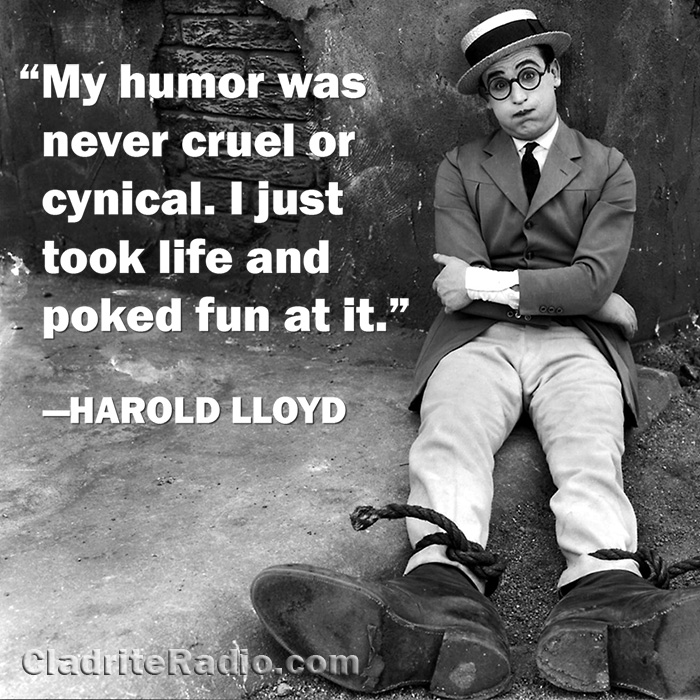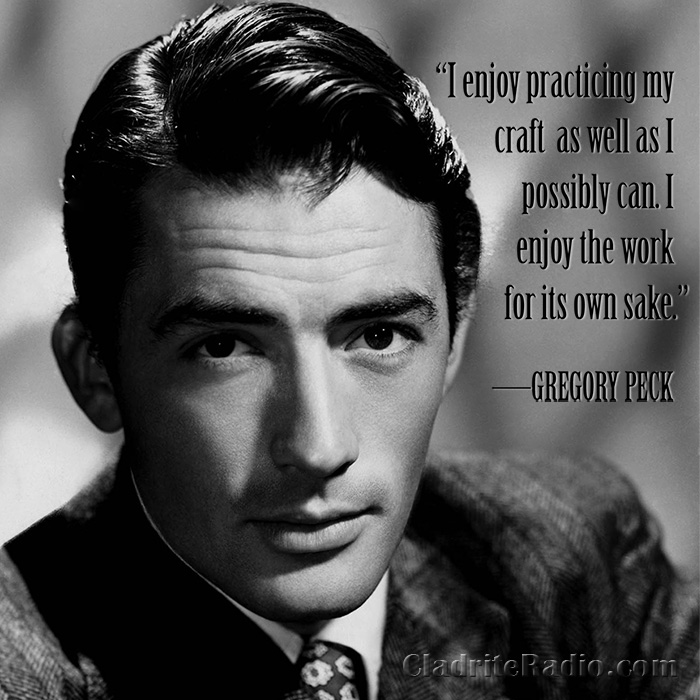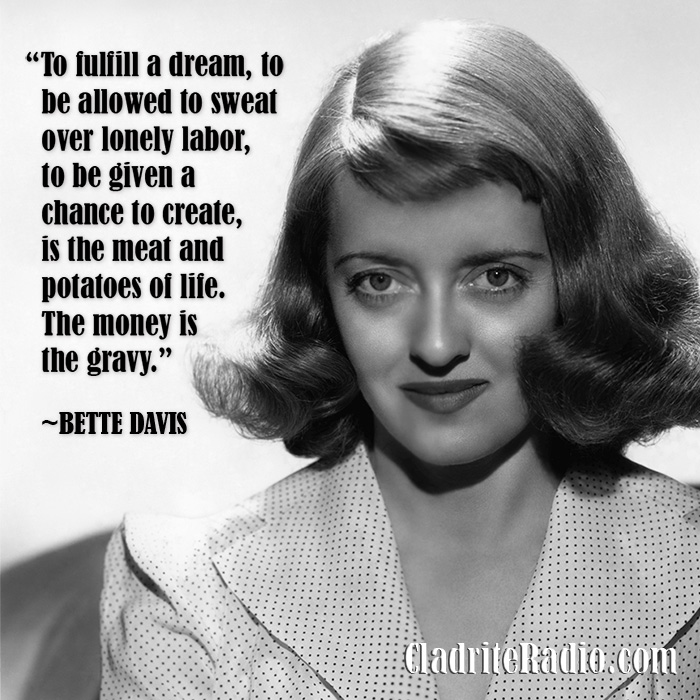The incomparable Ella Fitzgerald was born 100 years ago today in Newport News, Virginia. Here are 10 EF Did-You-Knows:
- Though Fitzgerald’s parents were never married, they had lived together for more than two years when she was born. When Fitzgerald was still a young girl, her mother and another partner moved together to Yonkers.
- Fitzgerald was an excellent student, despite changing schools with frequency. As a young girl, she loved to dance to jazz records, often performing for friends and classmates.
- Fitzgerald’s family was active in the church, so she grew up hearing hymns and sacred songs in that setting, but she also loved listening to jazz records, especially the recordings of Louis Armstrong, Bing Crosby and the Boswell Sisters (Connee Boswell was a particular favorite). “My mother brought home one of her records, and I fell in love with it,” she would later say. “I tried so hard to sound just like her.”
- When Fitzgerald was 15, her mother died from injuries suffered in a car accident, and Ella was sent to live with her aunt in Harlem. That didn’t go so well, and Fitzgerald soon became truant at school, her grades soon fell off and she was running with something of a rough crowd. She was sent first to an orphanage and later to a reform school, from which she escaped and took to living (and singing) on the streets.
- In 1934, when Fitzgerald was 17, she competed in an amateur night at the legendary Apollo Theatre. Her original intention was to dance on stage, but she decided at the last minute to sing, doing her best Connee Boswell impression in performing Judy and The Object of My Affection. She won the top prize of $25.00.
- Though she’s best remembered today as the kind of grand dame of jazz who played only the classiest of venues, Fitzgerald didn’t always soar in such rarified air: She began her career as just another girl singer for the Chick Webb Orchestra, singing pop and jazz hits for jitterbuggers in dance halls and ballrooms. Not long after her win at the Apollo, she was given the opportunity to perform with Webb at a dance at Yale University as an audition for long-term employment. Webb was skeptical of the gawky and somewhat disheveled Fitzgerald’s suitability for the job, but the Yale students and Webb’s band members both responded positively to her singing, and the job was hers.
- Soon thereafter She and the Webb outfit enjoyed several chart hits and Fitzgerald became a star in her own right, so much so that when Webb passed away in 1939, the orchestra was renamed Ella Fitzgerald and her Famous Orchestra.
- In 1942, the erstwhile Webb orchestra disbanded and Fitzgerald went out on her own as a solo artist. She enjoyed a number of hits as the swing era wound down and her scat singing abilities were put to good use during the bebop era. She was now viewed as one of the great jazz vocalists of the day.
- Fitzgerald eventually began to feel that she was being restricted by the public’s view of her as a bebop singer, Norman Granz, her manager, created the Verve label for her and in 1956 the pair worked together to record The Cole Porter Songbook.
- Over the next eight years, Fitzgerald recorded a series of eight songbooks, each dedicated to a different composer from the era of the Great American Songbook. It was a groundbreaking concept, one that brought Fitzgerald’s music to a new audience. The songbooks were arguably Fitzgerald’s greatest accomplishment, but she continued to work and grow as an artist as long as her health allowed it. Her last recordings were undertaken in 1991 and her final public performances came in 1993. When she died on June 15, 1996, Ella Fitzgerald was viewed almost universally as one of the greatest vocalists of the 20th century.
Happy birthday, Ms. Fitzgerald, wherever you may be!





